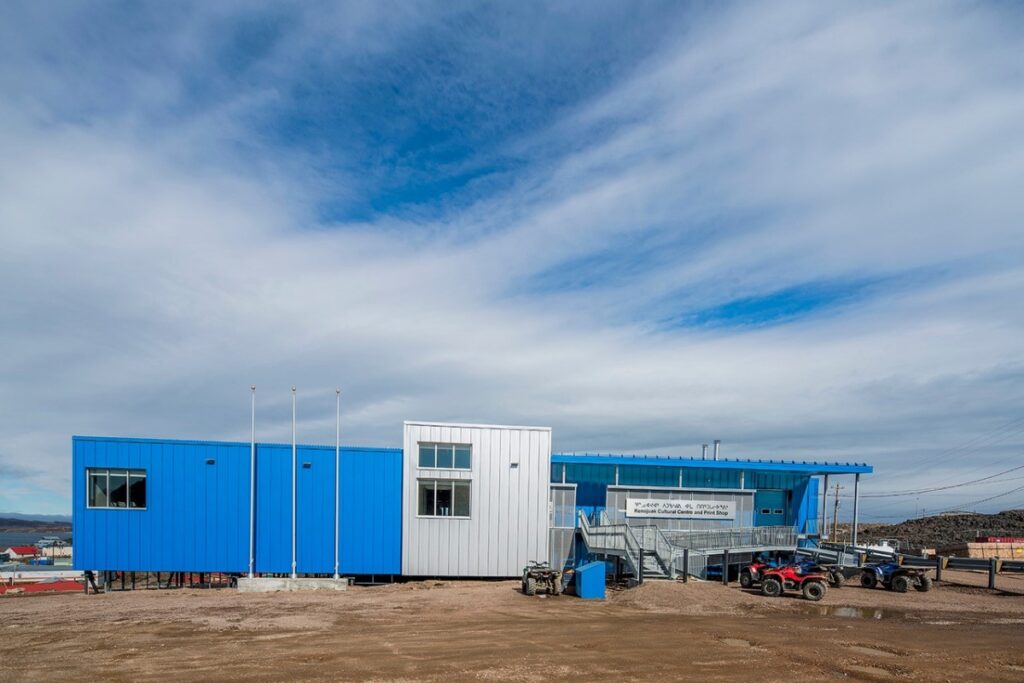Kinngait Studios in Nunavut has been at the forefront of contemporary Inuit art for more than 60 years. We talked to William Huffman of the West Baffin Eskimo Cooperative about what makes it so successful.

Five successive generations of acclaimed Inuit artists have brought their work to life at Kinngait Studios, in Kinngait, Nunavut, some 2,292 kilometres north of Toronto. Among them is Shuvinai Ashoona, a third-generation Inuk artist based in Kinngait. A major force in the emergence of its contemporary drawing practice, Ashoona works daily at Kinngait Studios. In her recent works, now on view in the AGO exhibition Shuvinai Ashoona: Beyond the Visible, she merges ink, graphite and colour pencil to create large-scale works in both vertical and horizontal formats. Measuring an astonishing 268 centimetres wide, the recent acquisition Curiosity (2020) gives viewers a fanciful bird’s-eye-view of her hometown, including buildings and roads, a portrait of an Inuk family, a walrus, several seals and the curious tentacles of seven giant pastel monsters.
To better understand Ashoona’s work and the prodigious legacy of the studios, AGOinsider caught up with William Huffman of the West Baffin Eskimo Co-operative.

AGOinsider: Kinngait Studio is operated by the West Baffin Eskimo Co-operative. Why has the co-operative model been so successful?
Huffman: For the last 60-ish years, the co-operative has been at the centre of artmaking in Kinngait, providing space and means to hundreds of artists over its lifetime. That itself is an extraordinary and expensive thing! When you account for the fact that the place is predominantly fly-in, and all the equipment and supplies used by the artists are flown in, every piece of paper, or pencil, all of it must come from the South. It’s the community ownership of the West Baffin Eskimo Co-operative that has fostered success. It’s governed by an all-Inuit Board of Directors, and practically all Kinngait adults are in fact shareholders, which means that at the end of each year, profits are distributed back to the community in the form of annual dividends. And in addition to the operation of the studios, the organization also maintains a local retail grocery and hardware store, a restaurant, a few rental properties and manages various utility contracts. It’s a really sophisticated business model and an unique social enterprise, and something in which the community, particularly our member artists, have a deep sense of pride and respect. It’s truly their organization. The recipe for success has been the community’s sustained involvement in decision-making, its clear vision and generally progressive leadership.
This blog post is an excerpt from a larger, more detailed story in AGOinsider. Read the full story, here.